Bird feeders bring the joy of wildlife to our backyards, creating peaceful moments of connection with nature. However, these feeding stations can occasionally attract unexpected visitors—namely, hawks. These magnificent predators are simply following their natural instincts, hunting where prey is abundant. While it can be distressing to witness a hawk hunting smaller birds at your feeder, it’s important to remember that this represents nature’s balance in action. This article explores how to manage hawk visits to your bird feeders, balancing the protection of songbirds with respect for natural predator-prey relationships in your backyard ecosystem.
Understanding Hawk Behavior at Bird Feeders
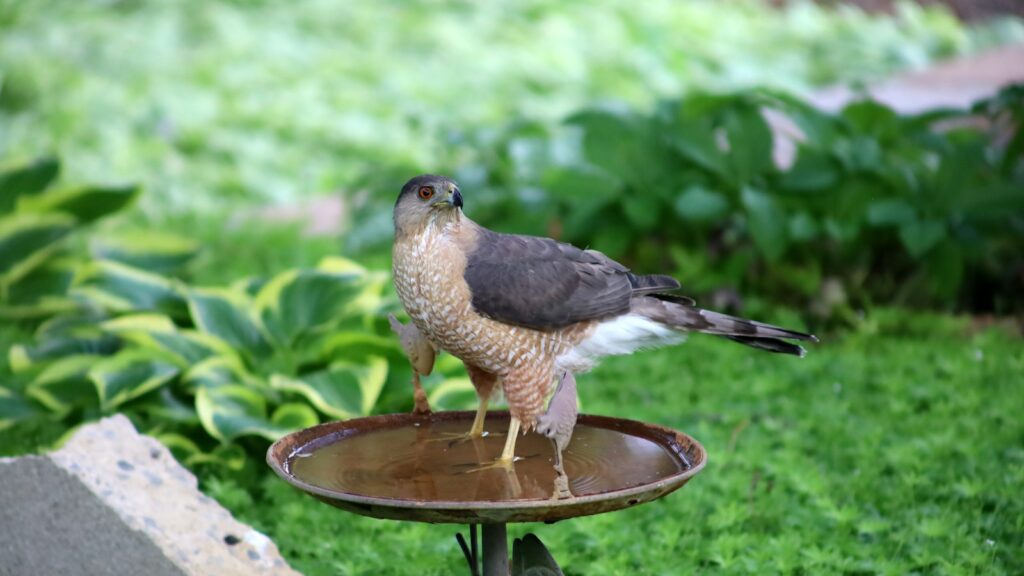
Hawks are opportunistic predators that may discover your bird feeder as a potential hunting ground rich with prey. Species like Cooper’s hawks and sharp-shinned hawks specifically evolved to hunt other birds, making them the most common visitors to backyard feeding stations. These hawks employ an ambush hunting strategy, often perching nearby before making a swift, calculated attack on unsuspecting feeder birds. Their presence isn’t malicious but rather a natural response to an opportunity—your feeder has inadvertently created a concentrated food source that attracts both prey and predator alike. Understanding that hawks are simply following their evolutionary programming helps maintain perspective when managing their visits.
Recognizing Common Hawk Species at Feeders
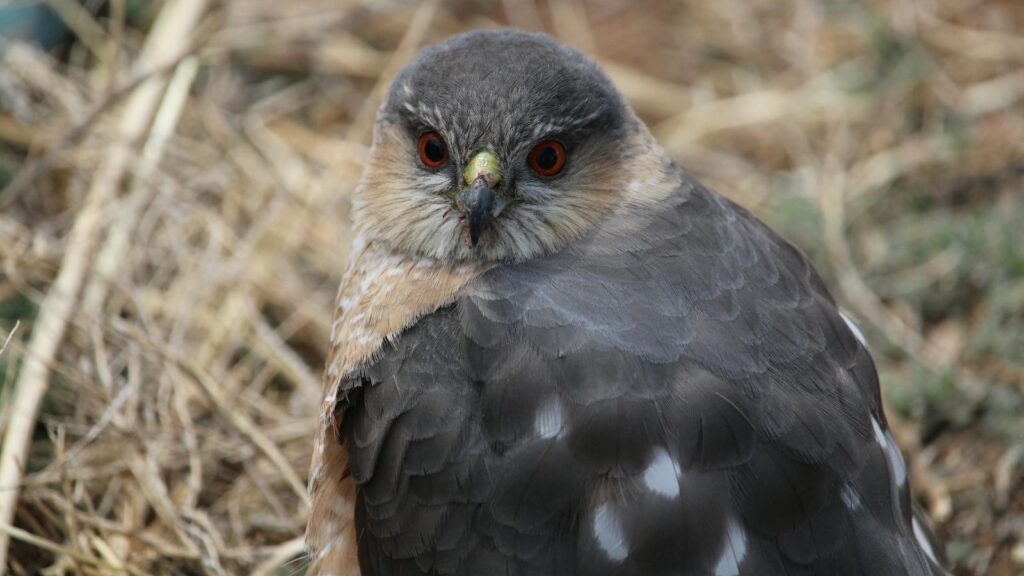
Being able to identify which hawk species visits your feeder helps you understand the situation better. Cooper’s hawks and sharp-shinned hawks are the most frequent feeder visitors, with both species specializing in hunting small to medium-sized birds. Cooper’s hawks are crow-sized with rounded tails and slightly larger heads, while sharp-shinned hawks are smaller (robin-sized) with square-cut tails and proportionally smaller heads. Red-tailed hawks might occasionally visit feeders but typically hunt mammals rather than birds. Red-shouldered hawks may appear in wooded suburban areas, identifiable by their banded tails and translucent wing “windows” visible during flight. Each species has different hunting patterns and preferences, which can inform your management approach.
The Ethics of Intervention
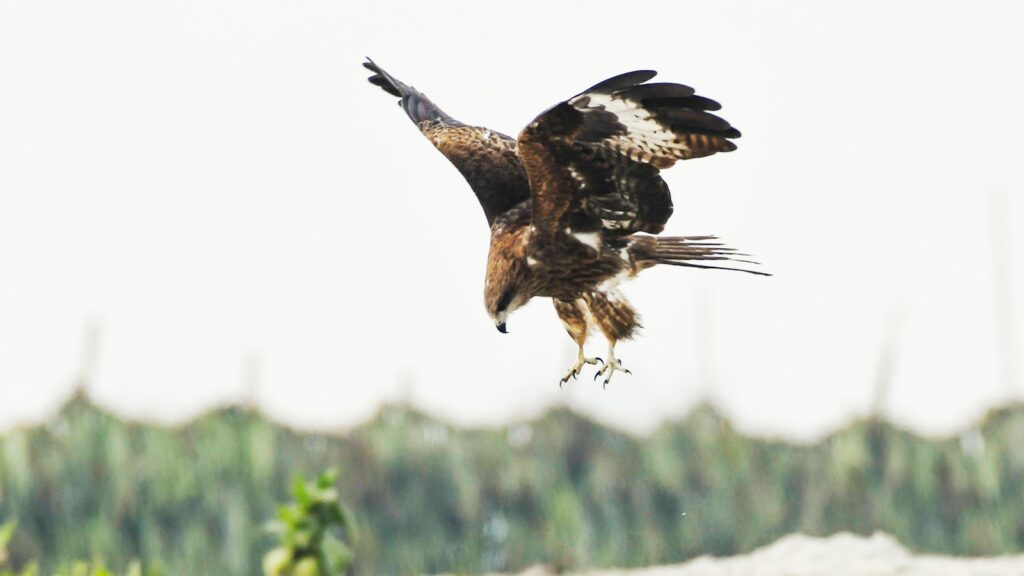
When hawks visit our feeders, we face an ethical dilemma regarding whether to intervene in a natural process. Hawks are native predators fulfilling their ecological role, and predation is a fundamental part of healthy ecosystems. At the same time, bird feeders create an artificial concentration of prey that potentially tilts the natural balance in favor of predators. Ethical considerations include recognizing that while we may feel protective of “our” songbirds, hawks are equally valuable members of the ecosystem with their own right to survival. Conservation ethics suggest finding a middle ground—implementing deterrents that reduce successful hunts at feeders without harming or unduly stressing the predators. Remember that hawks are protected by federal law, making any direct interference with them illegal.
Temporary Feeder Removal Strategy
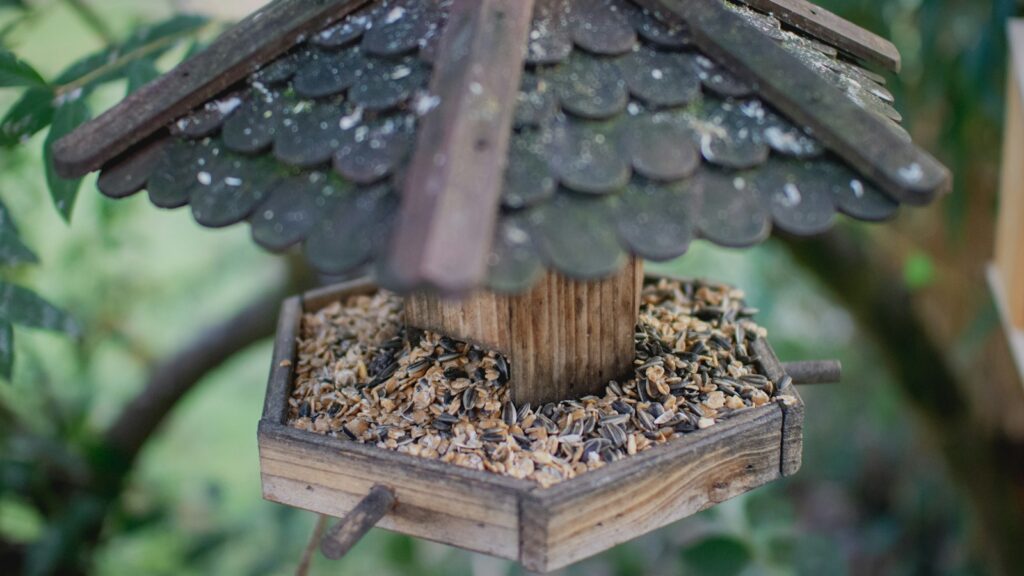
One straightforward approach to hawk management is temporarily removing your feeders when a hawk establishes a hunting pattern in your yard. This strategy works because it disperses the concentrated food source, encouraging songbirds to forage more naturally across a wider area where they’re less vulnerable to predation. Wildlife experts typically recommend removing feeders for 1-2 weeks when you notice regular hawk hunting behavior. During this cooling-off period, hawks will likely move to more productive hunting grounds elsewhere. When reintroducing your feeders, consider doing so gradually and in different locations to avoid immediately recreating the same predation hotspot. This method is particularly effective during migration seasons when hawk presence may be temporary.
Creating Protective Cover for Small Birds
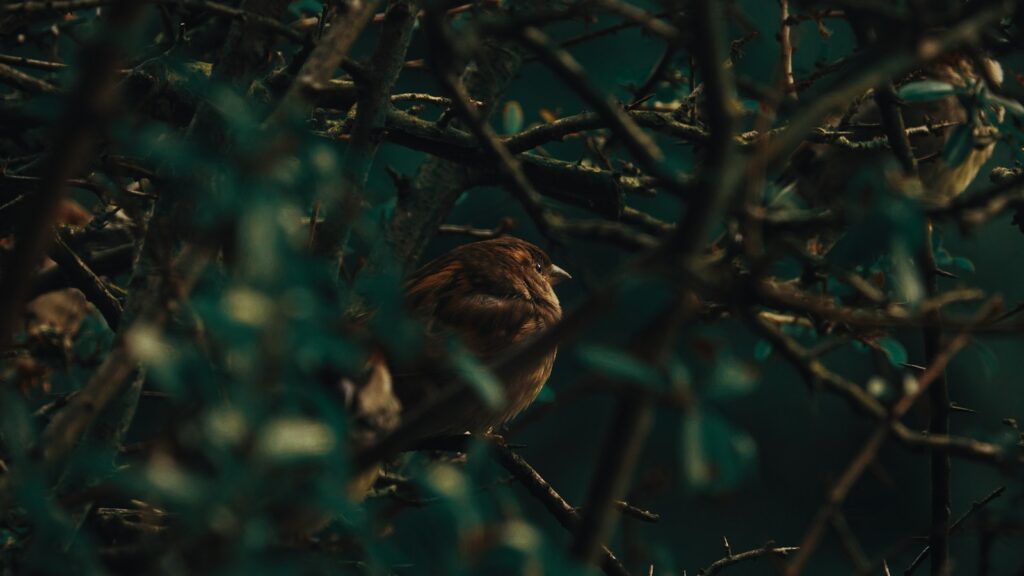
Songbirds are most vulnerable to hawk predation when they lack quick access to protective cover. Strategic landscaping can significantly reduce successful hawk hunts while maintaining feeding opportunities for smaller birds. Plant dense shrubs, evergreens, or thorny bushes within 10-15 feet of your feeders to provide emergency shelter where small birds can quickly retreat when threatened. Brush piles strategically placed near feeders offer immediate refuge for ground-feeding species. Native plants like serviceberry, viburnum, holly, or juniper serve dual purposes—providing both protective cover and natural food sources. This approach mimics natural feeding environments where birds rarely feed far from protective cover, allowing them to maintain their natural vigilance behaviors even at feeders.
Physical Barriers and Feeder Placement
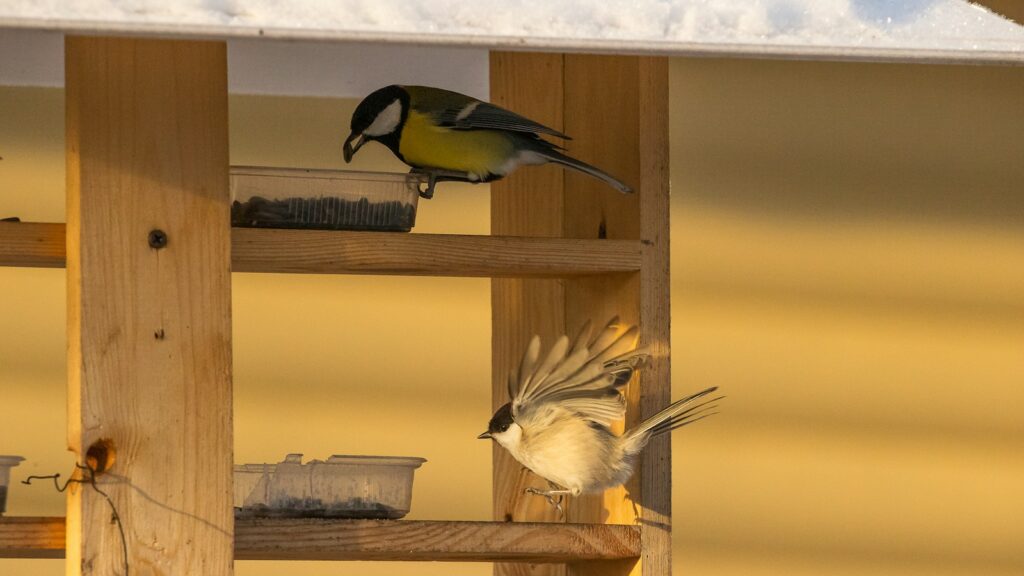
Strategic feeder placement can significantly reduce successful hawk predation without disrupting feeding opportunities for songbirds. Consider installing feeders under structures like awnings, pergolas, or the protective canopy of trees, which physically prevent hawks’ diving attacks from above. Specially designed caged bird feeders allow small birds access while excluding larger predators. Window-mounted feeders positioned within three feet of windows create a situation where hawks avoid the collision risk that close window proximity presents. Some backyard birders report success with surrounding feeding stations with monofilament fishing line strung vertically at 12-inch intervals, creating an obstacle that interrupts hawks’ flight paths without harming them. Each of these approaches maintains feeding opportunities while reducing predation success rates.
Visual Deterrents That May Help

Various visual deterrents may discourage hawks from viewing your yard as a prime hunting location. Reflective objects like old CDs, mirrored pinwheels, or reflective tape that move in the breeze create unpredictable light patterns that many predatory birds find unsettling. Commercial predator eye balloons that mimic the appearance of owl eyes can trigger instinctive caution in hawks. Some birders report success with scarecrow-type deterrents that incorporate movement elements like flapping fabric. However, it’s important to note that visual deterrents tend to have varying and often temporary effectiveness as hawks may become habituated to them over time. Rotating different deterrent types and locations helps prevent this habituation and maintains their effectiveness longer.
Adjusting Feeding Schedules
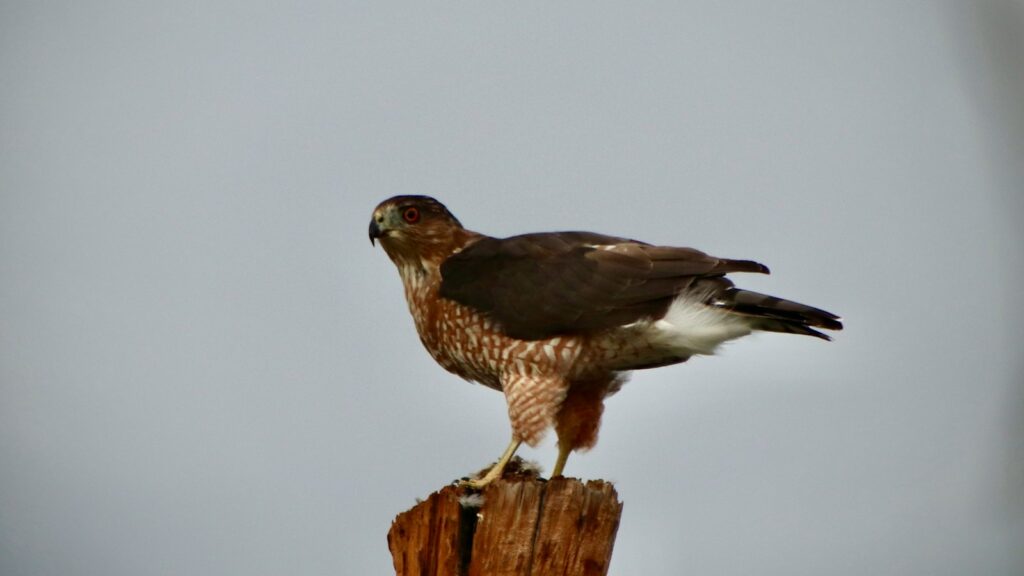
Hawks, like most predators, establish hunting patterns based on prey availability and success rates. Modifying your bird feeding schedule can disrupt these patterns and reduce predation opportunities. Most hawk species are diurnal hunters with peak activity in early morning and late afternoon, corresponding with typical bird feeding times. Consider limiting feeder filling to mid-day when hawk activity typically decreases, or implement intermittent feeding schedules that vary day to day, making prey availability less predictable for hawks. Some backyard birders report success with nighttime filling followed by early morning removal during periods of high hawk activity. This schedule adjustment strategy works particularly well when combined with other deterrent methods and helps prevent hawks from establishing a reliable hunting routine centered on your feeders.
Selecting Feeder Types That Offer Protection
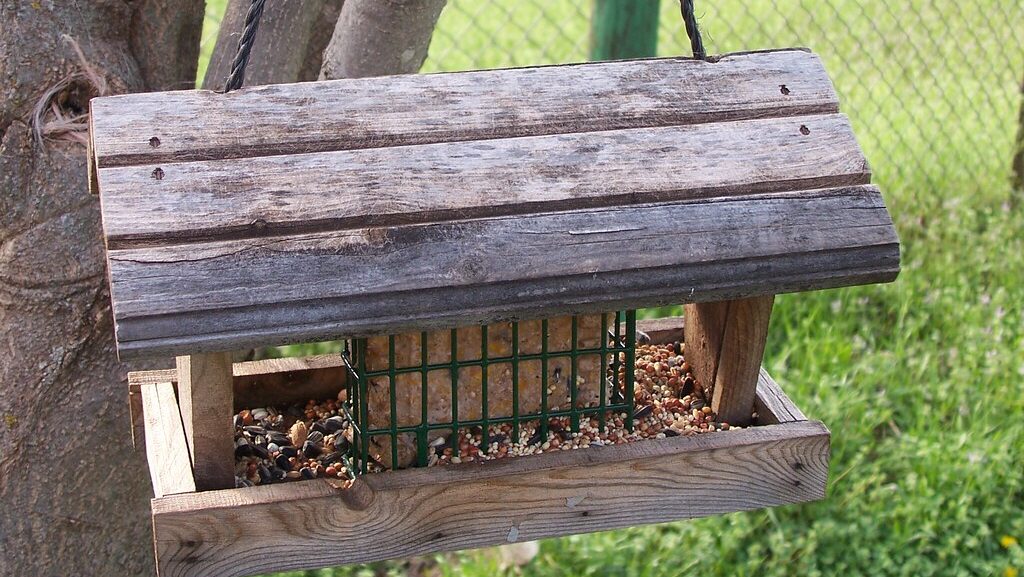
Not all bird feeders are created equal when it comes to predator protection. Tube feeders with short perches limit exposed feeding time and offer quicker escape opportunities compared to platform feeders where birds remain exposed longer. Hopper feeders with protective cages or weather guards provide overhead protection from diving attacks. Window-mounted feeders positioned properly can offer the protection of your home’s proximity while allowing you close observation of feeding birds. Specialized caged feeders that completely enclose the seed reservoir behind mesh allow small birds to enter while physically excluding larger predators. By strategically selecting and positioning various feeder types, you can create a feeding environment that naturally minimizes predation risk while still supporting your backyard bird population.
Hawks and Bird Feeding During Different Seasons
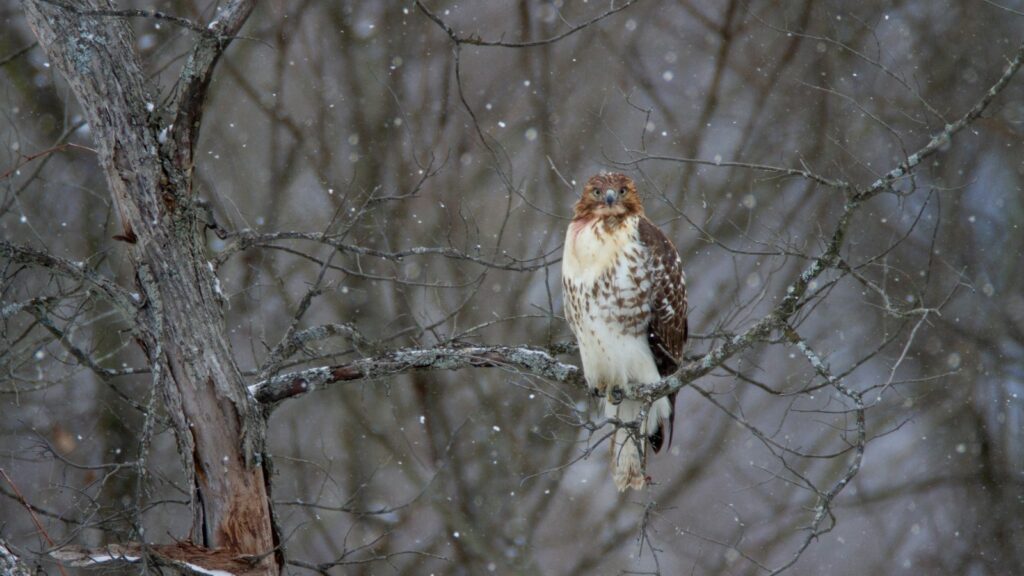
Hawk predation pressure at feeders typically follows seasonal patterns that can help inform your management approach. Winter often brings increased hawk presence at feeders as natural prey becomes scarcer and birds of prey face greater caloric needs in cold weather. During spring and early summer, territorial nesting hawks may establish regular hunting patterns that include productive feeding stations. Fall migration periods can bring temporary increases in hawk species moving through your area. Understanding these seasonal patterns allows you to implement more targeted interventions—perhaps using more deterrents during winter while being more tolerant of occasional visits during migration periods. Additionally, some feeders might attract fewer hawks; nyjer seed feeders for finches, for instance, typically draw smaller birds that feed briefly and remain alert.
Educational Opportunities for Families
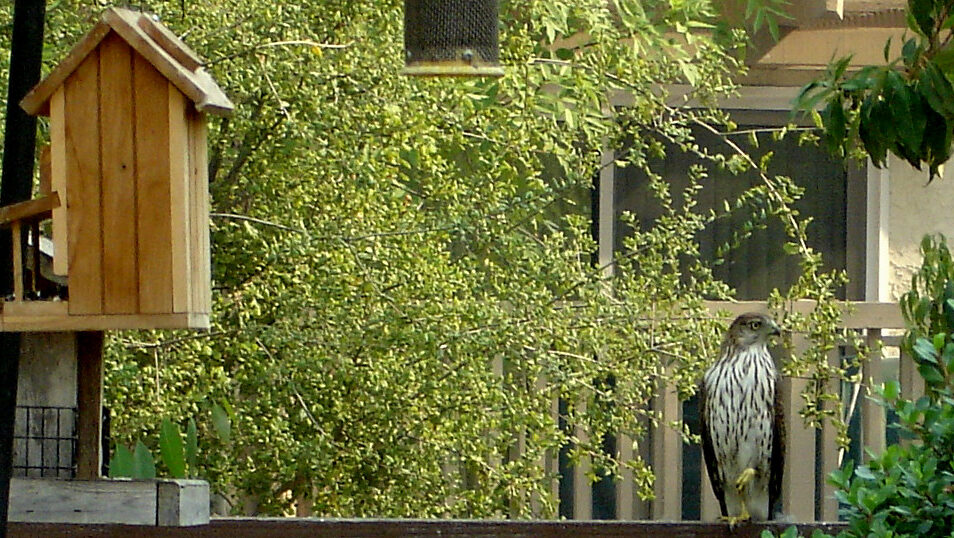
While potentially distressing, hawk visits offer valuable learning opportunities about natural processes and ecological relationships. For families with children, these events can spark meaningful discussions about predator-prey relationships, food webs, and the balance of nature. Consider keeping a hawk observation journal documenting species, behaviors, and outcomes of visits, which builds scientific observation skills while creating emotional distance from predation events. Researching your local hawk species together helps develop appreciation for these remarkable predators and their ecological importance. Many experienced birders report that initial distress over hawk predation eventually transforms into a deeper appreciation for the complete ecosystem playing out in their backyard. This perspective shift represents a more holistic understanding of backyard wildlife beyond just the “pretty” songbirds many initially set out to attract.
Legal Considerations and Protected Status
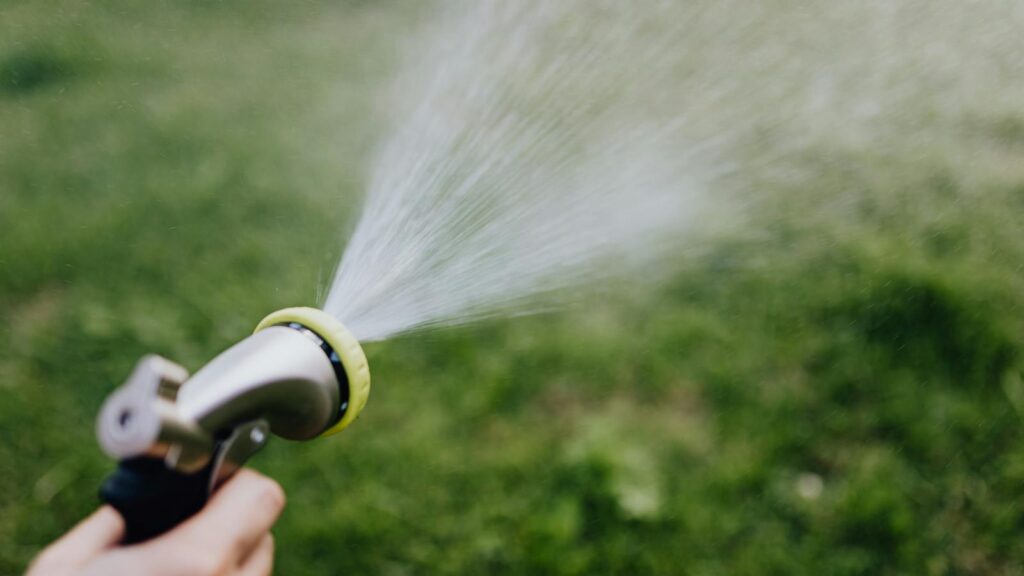
All hawks in the United States are federally protected under the Migratory Bird Treaty Act, making it illegal to harm, harass, trap, or kill them without special permits. This protection extends to nests and eggs as well, with substantial fines for violations. Any deterrent methods must be non-harmful and non-invasive—strategies should focus on making your feeding station less attractive to hawks rather than directly interfering with the birds themselves. It’s important to note that even seemingly benign interventions like spraying hawks with water could potentially constitute harassment under federal law. If a specific hawk is causing extraordinary problems, the appropriate course of action is contacting your state’s wildlife agency for guidance rather than taking matters into your own hands. These legal protections reflect hawks’ important ecological roles and their vulnerability to human persecution historically.
When to Seek Professional Wildlife Assistance

While most hawk visits to feeders represent normal predatory behavior, certain situations may warrant professional intervention. If you observe an injured hawk, one entangled in netting or other materials, or a hawk displaying unusual behavior like remaining on the ground for extended periods, contact a licensed wildlife rehabilitator immediately. Local Audubon chapters, nature centers, or state wildlife agencies can typically provide appropriate contact information for these situations. Some urban areas have specialized raptor rehabilitation centers with expertise in hawk care. Professionals can also provide specific guidance if hawk predation becomes particularly intense or if a hawk appears to be abnormally dependent on your feeder for hunting success. Remember that wildlife professionals approach these situations with the welfare of both predator and prey species in mind, seeking balanced solutions that respect ecological relationships.
Finding Peace with Predator-Prey Relationships
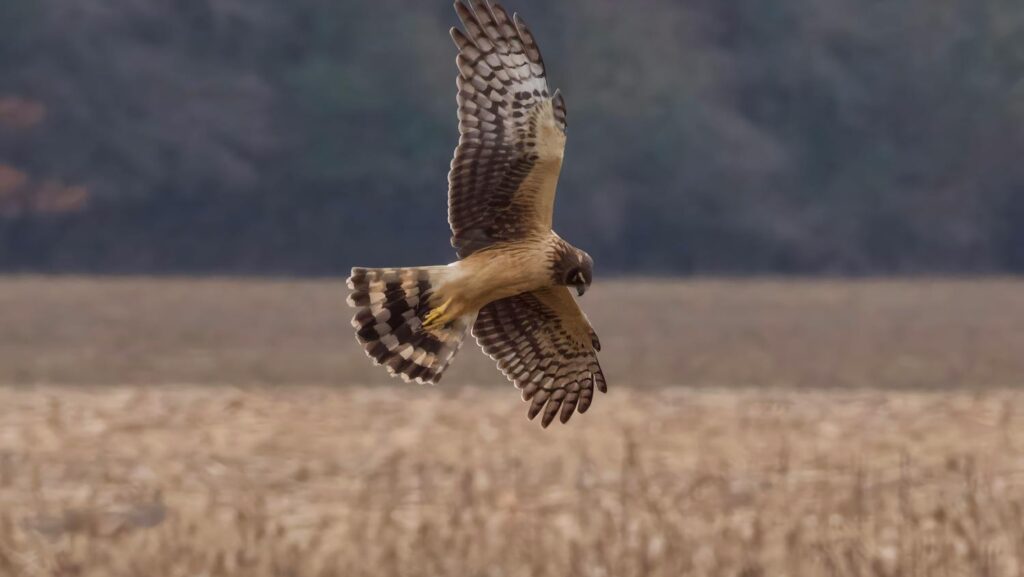
Many experienced backyard birders eventually reach a philosophical acceptance of hawks as valuable members of the ecosystem they’ve invited into their yards. This perspective acknowledges that by creating feeding stations, we’ve inadvertently entered into the complex web of natural relationships that include predation. Hawks play crucial ecological roles by controlling bird populations and naturally selecting weaker individuals, ultimately strengthening the overall health of bird communities. Many birders report that after initial distress, they develop appreciation for the opportunity to observe these magnificent predators up close, recognizing their beauty, adaptations, and hunting prowess. This balanced perspective doesn’t preclude taking reasonable steps to protect feeder birds, but it places those actions within a broader context of respect for natural processes and all wildlife—predators included.
Conclusion
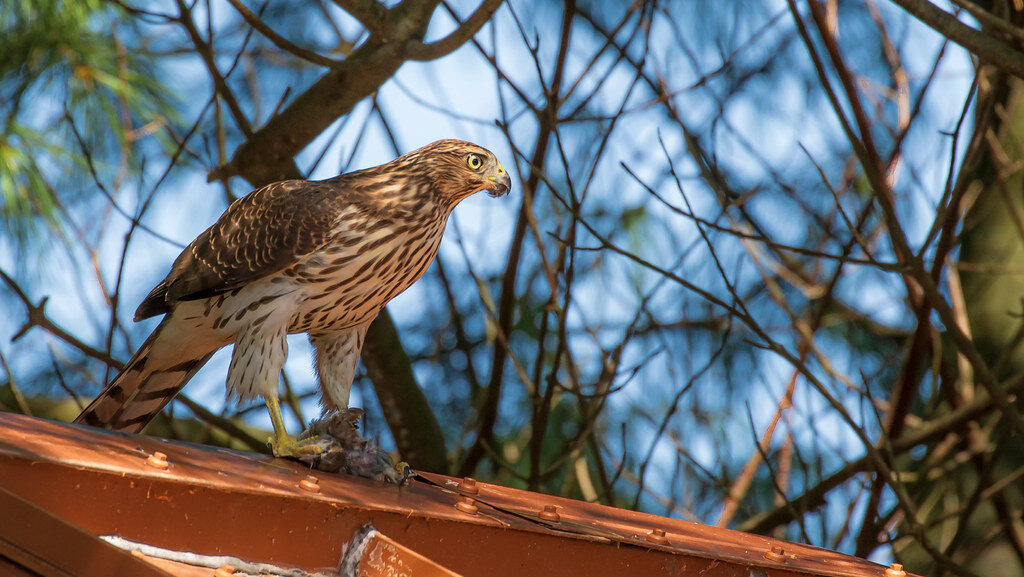
Creating a bird-friendly yard inevitably means navigating the complex realities of natural systems, including predator-prey relationships. Hawks at your feeder represent not a problem to eliminate but a relationship to manage thoughtfully. By implementing protective strategies like providing adequate cover, adjusting feeding patterns, and using appropriate deterrents, you can reduce successful predation while respecting the hawk’s place in the ecosystem. Remember that your backyard is a small piece of a larger natural community where all species, including predators, play important roles. With patience and perspective, many bird enthusiasts come to value these occasional encounters with hawks as remarkable windows into the authentic workings of nature—right in their own backyards.
